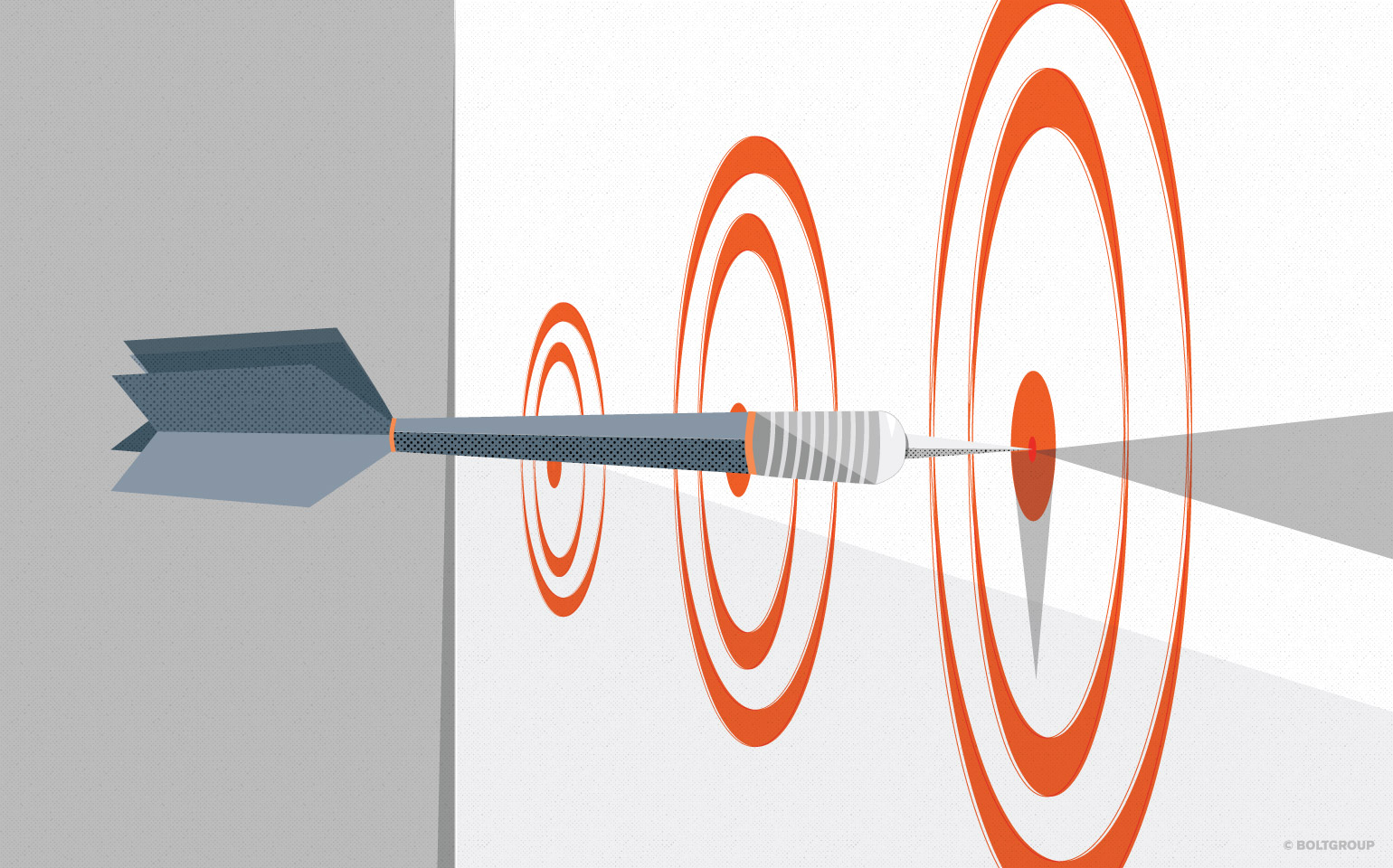Validation testing: a moment of truth in the road from insight to new product. It’s often the last step from prototype to final engineering for production, and sometimes it’s a misstep.
Validation testing is an evaluation of a new product or a product improvement’s ability to meet the criteria defined for acceptance in the marketplace. It’s important because the investment of resources needed for manufacturing and marketing is usually substantial. It can also minimize the risk of squandering resources by going to market with a product that doesn’t move off the shelf.
A lot hangs in the balance when the time comes to validate a product concept or prototype. At either point, validation testing can go wrong by 1) indicating a new product will fail causing a viable concept to be killed, or 2) the testing supports a product concept that ultimately fails in the market because it didn’t meet the purpose or expectation it was designed to satisfy.
The history of new product development is filled with examples where validation failed in both these ways: the Herman Miller Aeron chair, the most successful office chair ever made, was described as “looking like an alien” in early testing because of its radical new design and use of new materials. The company killed it, only to revive the design later to phenomenal success. New Coke, a success in testing, was rejected by Coke drinkers, throwing the Coca-Cola brand into chaos.
Validation research must be well-designed and rigorously executed to avoid such failures. But even before the research methodology is designed, three other critical pieces must be in place:
- A thorough understanding of the product’s target user—their needs and expectations around the category. If you get this wrong, the validation research findings will be misleading. Defining and understanding the target user often requires in-depth research at the beginning of the product development process and may include both quantitative research, such as a segmentation study, and qualitative methodologies, such as ethnography. Company executives charged with brand and product innovation tell us that keeping up with consumers’ ever-changing lifestyles and expectations are among their biggest challenges.
- Well-defined research objectives that determine what must be measured. These metrics are based on the design criteria—what the product must provide to meet customer needs and expectations. This can be especially difficult when a new product category or radically changed category is created. Think Steve Jobs. Or the Aeron chair.
- A logical or emotional fit with the brand. This is important if the new product is an improvement or line extension of an existing brand’s product. Sound brand architecture and an understanding of how the new product fits within it is essential.
Having these three critical pieces in place often requires research at the beginning and throughout the development process. Validation testing not built on these steps is risky business and a designer’s nightmare. Make sure validation testing is the culmination of your research process. Allow it to guide your product development to a successful market entry and lay the groundwork for marketing efforts that support it.
